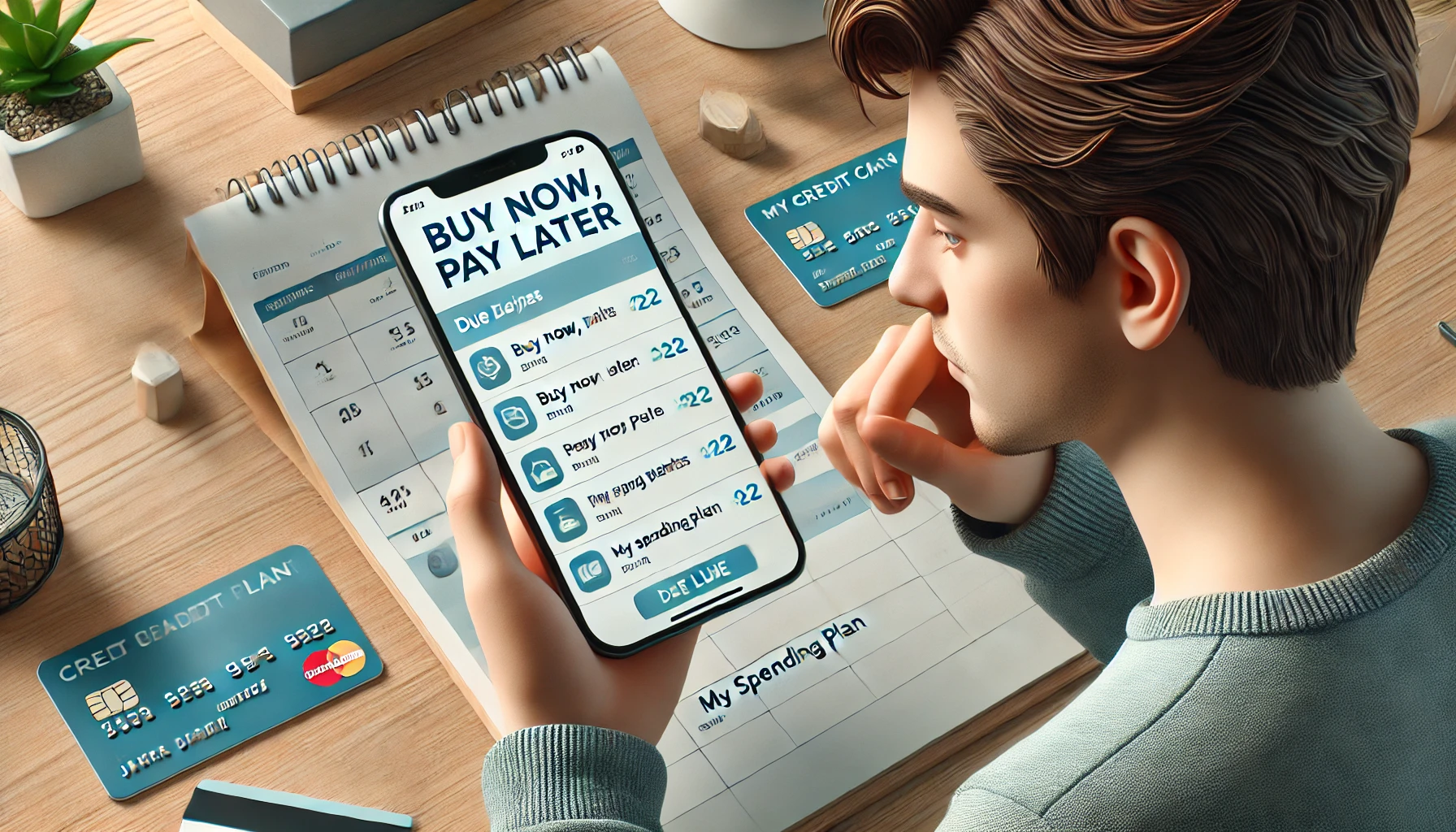“Buy Now, Pay Later” (BNPL) services like Klarna, Afterpay, and Affirm are everywhere. With just a few clicks, you can split a purchase into smaller payments—and it feels like no big deal.
But are these services actually helping you manage your money? Or are they just making it easier to overspend?
In this article, you’ll learn how BNPL services work, when they might be helpful, and why they can easily become a financial trap if you’re not careful.
What Is “Buy Now, Pay Later”?
BNPL is a short-term financing option that lets you divide your purchase into multiple interest-free payments.
Example:
- Buy a $100 item
- Pay $25 today, then $25 every two weeks (or monthly)
- No interest (in most cases)—unless you miss a payment
Sounds simple, right? But there’s more to it.
Why BNPL Feels So Easy (And Dangerous)
BNPL taps into our emotions and habits:
- Feels less like spending money (you only pay a portion now)
- Instant gratification (get the item now, worry later)
- No credit check or paperwork
- Available at checkout almost everywhere
But here’s the danger: just because it’s easy doesn’t mean it’s smart.
The Hidden Risks of BNPL Services
1. Encourages Impulse Spending
When you only pay a small part upfront, it’s tempting to buy things you wouldn’t normally afford.
“It’s only $20 today!” (Until it adds up to $300 across five purchases.)
2. Creates Multiple Due Dates
If you use BNPL frequently, you may end up juggling several payment schedules at once—which increases the chance of forgetting one.
Missed payments can result in late fees and interest charges.
3. Can Hurt Your Budget Without You Realizing
Even if payments seem small, they still take money from your budget—and fast.
You’re committing to future spending without knowing what your income or needs will be next month.
4. May Affect Your Credit Score
Some BNPL providers report to credit bureaus. Missed payments could damage your credit, even if they don’t feel like “real debt.”
You’re borrowing money—even if it’s interest-free (for now).
5. Lack of Regulation and Consumer Protection
BNPL services are newer than traditional credit—and not always held to the same legal standards.
Returns, disputes, or fraud issues can be harder to resolve.
When BNPL Might Be Okay
BNPL isn’t always bad. It depends on how you use it—and why.
Might Be Acceptable If:
- You have a stable income and a strong budget
- You’re buying a necessary item (like a replacement phone)
- You use it once and can easily cover the payments
- You track the payment dates carefully
But even then—cash is always safer.
Better Alternatives to BNPL
- Save first, then buy (delayed gratification builds financial discipline)
- Use a debit card for full payment upfront
- Create a sinking fund for upcoming purchases
- Use a credit card only if you pay it off in full
The freedom of owning something shouldn’t come with hidden costs.
Questions to Ask Before Using BNPL
- Would I still buy this if I had to pay 100% today?
- Do I really need this right now?
- Do I have a plan if my income changes next month?
- Is this purchase aligned with my financial goals?
- Am I already juggling other payments?
If you’re unsure, the safest answer is usually wait.
Final Thoughts: Just Because You Can Doesn’t Mean You Should
“Buy Now, Pay Later” services are marketed as smart, flexible, and harmless—but for many people, they quietly lead to stress and overspending.
If you want financial freedom, start by making intentional choices—not just convenient ones.
Be mindful. Be patient. And remember: real wealth isn’t built on easy payments—it’s built on solid habits.
